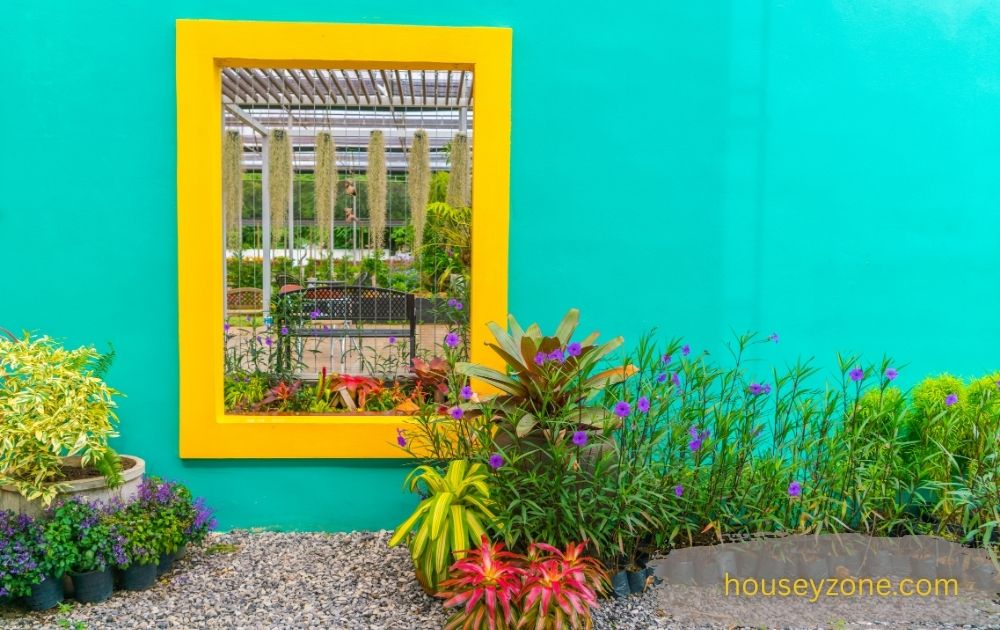
Border for Plants: Creative Ideas to Beautify Your Garden
A garden is more than just soil and plants it’s a living piece of art. One of the easiest ways to transform an ordinary garden into something eye-catching is by adding border for plants. Borders not only enhance beauty but also bring order and structure to your outdoor space. Whether you prefer rustic charm or modern elegance, the right border can make all the difference.
Why Plant Borders Matter
Enhancing Garden Aesthetics
A well-placed border acts like a picture frame, highlighting the beauty of your plants. It adds a finished look and helps your garden stand out.
Creating Definition and Structure
Borders help separate flower beds from lawns or pathways. This clear separation makes the garden look organized and easy to maintain.
Practical Benefits for Plant Health
Beyond looks, borders protect plants by keeping soil and mulch in place, preventing erosion, and discouraging weeds from creeping in.
Popular Materials for Plant Borders
Natural Stone Borders
Timeless and durable, stones add a rustic charm. They blend beautifully with nature, making them a favorite for cottage-style gardens.
Wooden Edging
Wood offers warmth and a natural look. From logs to planks, it’s versatile and affordable, though it may need occasional maintenance.
Metal and Steel Borders
Sleek and modern, metal borders create clean lines. They are highly durable and perfect for contemporary gardens.
Brick and Concrete Edging
Strong and classic, brick and concrete are excellent for permanent solutions. They also give a neat, uniform appearance.
Plastic and Rubber Options
Lightweight and easy to install, these are budget-friendly options. Recycled rubber borders are particularly eco-conscious.
Creative Border Ideas
Recycled and Upcycled Materials
Old bottles, tiles, or reclaimed wood can turn into charming borders. These not only save money but also add personality.
Decorative Gravel and Pebble Borders
Pebbles create soft, natural-looking edges. They also allow water drainage, making them both beautiful and functional.
Living Plant Borders
Instead of hard materials, use plants like lavender, boxwood, or ornamental grasses to form a living, breathing border.
How to Choose the Right Border for Your Plants
Matching with Garden Style
A rustic garden pairs well with wood or stone, while a modern landscape may benefit from sleek steel or concrete.
Budget Considerations
If you’re working with a tight budget, recycled materials or plastic edging can still create a neat effect without overspending.
Durability and Maintenance
Consider how much time you want to spend maintaining borders. Stones and metals last longer, while wood may need treatment.
DIY Plant Border Tips
Simple Techniques for Beginners
Start small with easy materials like pebbles or logs. Lay them evenly and adjust as needed no special skills required.
Tools You’ll Need
A shovel, garden spade, measuring tape, and gloves are enough for most DIY projects.
Mistakes to Avoid
Don’t skip planning. Uneven lines or poorly installed borders can make a garden look messy instead of polished.
Seasonal Plant Border Ideas
Spring and Summer Inspirations
Bright flowers like marigolds or petunias make great living borders. Pair them with colorful stones for a cheerful look.
Autumn and Winter Designs
Evergreen plants, mulch, or rustic wood borders keep your garden looking lively even in colder months.
Eco-Friendly Border Options
Sustainable Materials
Choose recycled wood, reclaimed stone, or rubber made from old tires to reduce waste and support green living.
Natural Plant Edges
Herbs like thyme or rosemary not only form borders but also add fragrance and usefulness in the kitchen.
FAQs About Border for Plants
1. What is the cheapest way to create a border for plants?
Using recycled materials like old bottles, reclaimed wood, or gravel is a cost-effective and creative option.
2. Which plant is best for a natural border?
Boxwood, lavender, and ornamental grasses are popular choices for living plant borders.
3. Do borders really help prevent weeds?
Yes, borders help keep mulch in place and create a barrier that reduces weed invasion.
4. How long do wooden borders last?
With proper treatment, wooden borders can last 5–10 years, though they may require occasional maintenance.
5. Can I install garden borders without professional help?
Absolutely. Many DIY-friendly materials like pebbles, logs, and plastic edging are easy to install at home.
Conclusion
Borders for plants are more than just decoration they’re functional, practical, and a reflection of your personal style. Whether you go for rustic stones, sleek metal, or vibrant plant edges, the right border transforms your garden into a welcoming and well-structured space. With a little creativity, even the simplest materials can create stunning results.

